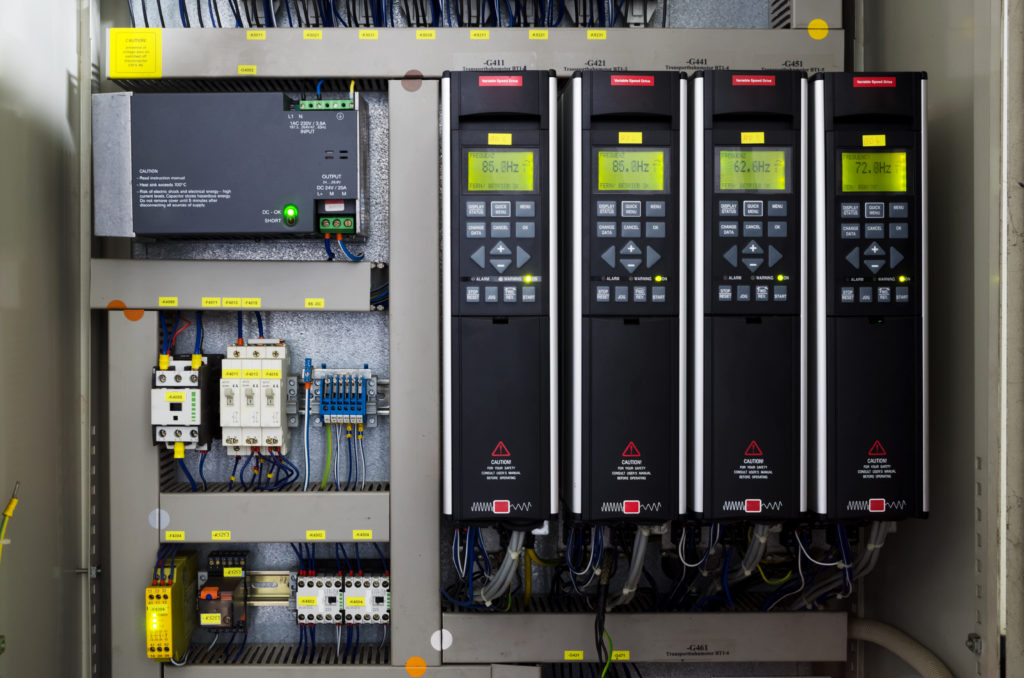At the heart of troubleshooting a motor control system is the faults displayed by the drives HIM module itself. Of course, today’s VFDS come equipped with dozens if not hundreds of possible faults. Everything from frequency fluctuations, communication or positioning errors can be detected with ease. Knowing what each and every one of these errors or faults mean individually can be daunting, but here we will cover some of the most common ones and how they may affect for your system.
Overvoltage/Undervoltage Faults
Most commonly you will see this on the human interface module A.K.A HIM module represented as OC of UC in the numerical display. Of course, this can vary wildly from manufacturer to manufacturer. What do these faults represent? Well like any device that requires electrical power, drives require a steady and correct incoming voltage to run properly. A voltage too low cannot be properly rectified to the output of the drive, and what the motor lacks for in voltage it will make up for in amperage which can lead to heat issues in the stator windings. Conversely if a drive has an input voltage that is too high it can lead to damage in the input circuit, specifically the diode bridge and DC bus circuitry.
Communication Faults
Most commonly found in servo or smart drives, this fault represents a drive that has lost a communication signal to either its controller such as a PLC or the feedback device tied to the motor it is controlling. Most often when we see this it is a conflict in programming. Most drives these days come with a variety of communication protocols that can be selected when the drive is set up within the application. When a VFD experiences a shut down, power surge or any number of other fault events, sometimes programming can be lost. In addition, maintenance personnel when trouble shooting an erroneous fault can sometimes inadvertently reset the drive back to factory settings which can lead to a loss of set parameters that will result in a loss of communication. Once parameter settings are ruled out the next weakest link would be the cabling connections.
Overload
OL or an “overload” fault is detected when the motor control detects an amount of current on the output circuit that exceeds what it can handle. Most modern drives come equipped with a shunt bypass circuit to protect the drive from damage in this case. When a drive experiences an overload, do not troubleshoot the drive. You should be looking towards either the mechanical end of what the motor is driving or the motor itself. An overload is usually a misapplication of the intended purpose of the machine or a mechanical issue. Related to this could be either a failed motor or wiring to the motor.
Whatever fault your equipment may be giving you, trust the experts at Global Electronic Services to repair your equipment and get your machine back up and running. Be sure to visit us online at www.gesrepair.com or call us at 1-877-249-1701 to learn more about our services. We’re proud to offer Surplus, Complete Repair and Maintenance on all types of Industrial Electronics, Servo Motors, AC and DC Motors, Hydraulics and Pneumatics. Please subscribe to our YouTube page and Like Us on Facebook! Thank you!
